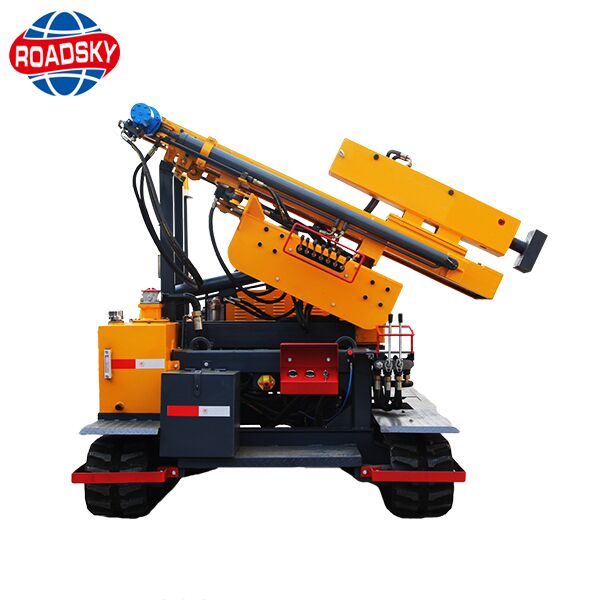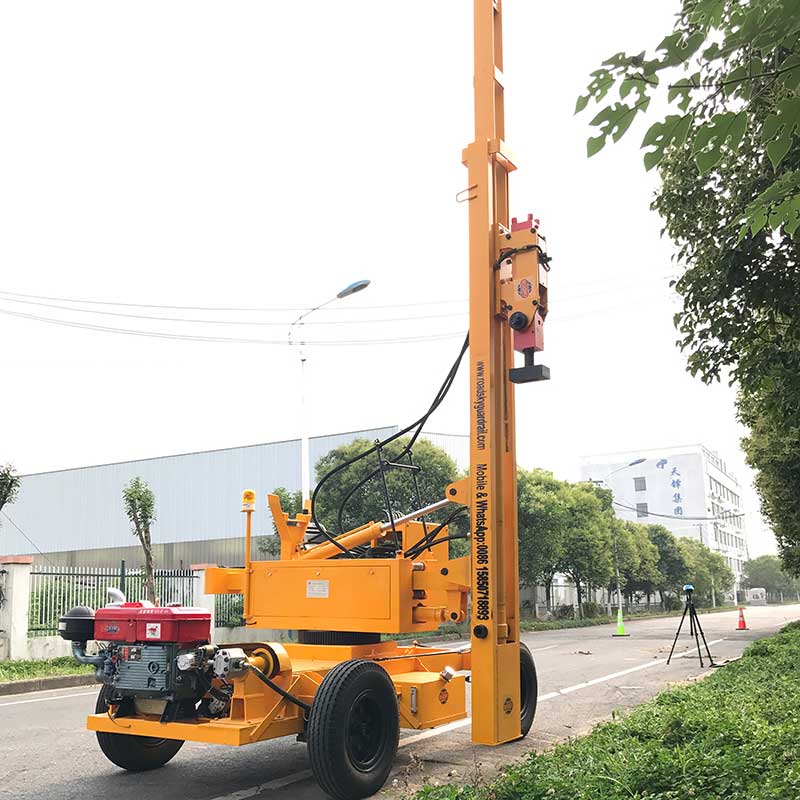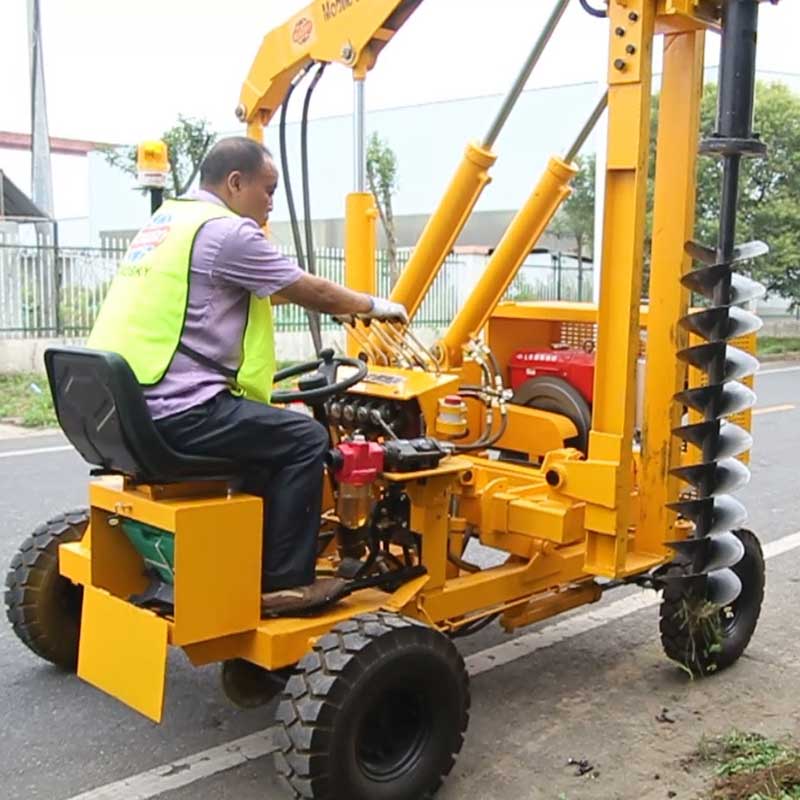Pile Driver for Sale
When it comes to construction projects that involve deep foundation work, a reliable and efficient pile driving equipment is crucial. Whether you’re constructing a bridge, a skyscraper, or any structure that requires a solid foundation, a pile driver is an essential tool.






Types of Pile Drivers
Pile drivers come in various types, each designed for specific applications. Here are the most common types of pile drivers you’ll encounter in the market:
- Impact Hammer Pile Drivers: These are widely used for driving steel or concrete piles into the ground. Impact hammers deliver a powerful blow to the pile, driving it into the soil.
- Vibratory Pile Drivers: These drivers utilize vibrations to drive piles into the ground. They are suitable for softer soil conditions and offer quieter operation compared to impact hammers.
- Diesel Hammer Pile Drivers: Diesel hammers use the combustion of diesel fuel to generate a high-velocity impact force, making them ideal for driving piles in dense soil or rock.
- Hydraulic Pile Drivers: These drivers use hydraulic power to drive piles. They provide precise control and are often used for driving sheet piles and H-beams.
Factors to Consider When Buying a Pile Driver
Before purchasing a pile driver, consider the following factors to ensure you choose the right equipment for your project:
- Pile Size and Type: Determine the size and type of piles you will be driving. Different pile drivers are designed to accommodate specific pile sizes and materials.
- Soil Conditions: Evaluate the soil conditions at your construction site. Harder soil or rock may require a more powerful pile driver, while softer soil can be tackled with a vibratory driver.
- Noise and Environmental Considerations: If noise levels and environmental impact are a concern, vibratory or hydraulic pile drivers may be preferable due to their quieter operation.
- Mobility and Accessibility: Assess the mobility and accessibility requirements of your project. Consider the size and weight of the pile driver and ensure it can be easily transported to the site.
- Cost and Budget: Set a realistic budget for your pile driver purchase and compare prices from different suppliers. Remember to consider long-term maintenance costs as well.
Benefits of Investing in a Quality Pile Driver
Choosing a reliable and high-quality pile driver brings several benefits to your construction projects:
- Increased Efficiency: A powerful and efficient pile driver can significantly speed up the pile driving process, saving time and labor costs.
- Enhanced Safety: Quality pile drivers are built with safety features that protect operators and workers during operation, reducing the risk of accidents.
- Versatility: Depending on your project requirements, you can select a pile driver that offers versatility in driving different types and sizes of piles.
Finding a Reputable Supplier
To ensure the quality and reliability of your pile driver, it’s important to find a reputable supplier. Consider the following steps when selecting a supplier:
- Research: Conduct thorough research and gather information about different suppliers in the market. Look for suppliers with a solid reputation, positive customer reviews, and a track record of delivering high-quality equipment.
- Product Quality: Examine the quality and durability of the pile drivers offered by the supplier. Check if they meet industry standards and if they provide any warranty or after-sales support.
- Customer Support: Evaluate the supplier’s customer support services. Do they offer technical assistance, spare parts availability, and maintenance services? Prompt and reliable customer support is crucial to keep your pile driver running smoothly.
Maintenance and Care
Proper maintenance and care are essential to prolong the lifespan of your pile driver and ensure its optimal performance. Follow these guidelines:
- Regular Inspections: Conduct routine inspections to identify any signs of wear, damage, or malfunctions. Address issues promptly to prevent further damage.
- Lubrication: Keep the moving parts well-lubricated to reduce friction and improve efficiency.
- Operator Training: Train your operators on the correct operation and maintenance procedures. This will minimize operator errors and promote safe and efficient use of the equipment.
- Scheduled Servicing: Adhere to the manufacturer’s recommended servicing intervals and perform regular maintenance tasks such as oil changes, filter replacements, and system checks.
Conclusion
Investing in a high-quality pile driver is a wise decision for any construction project that requires deep foundation work. By understanding the different types of pile drivers, considering key factors, and finding a reputable supplier, you can select the perfect pile driving equipment that meets your project requirements and ensures efficiency, safety, and durability.
Remember, thorough research and careful consideration will empower you to make an informed decision and choose a pile driver that will contribute to the success of your construction endeavors.

